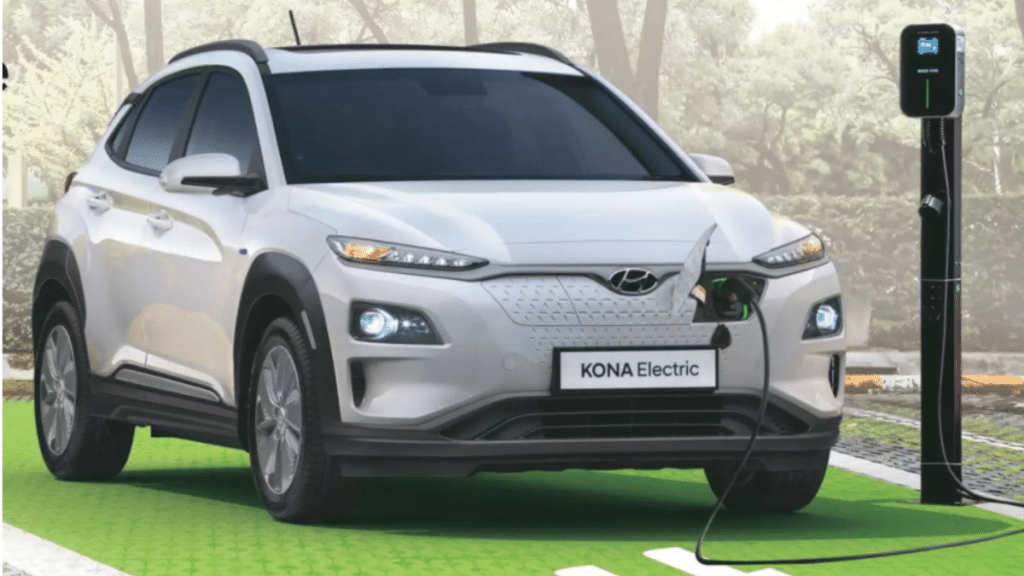The new buzzword in environmentally conscious circles is without a doubt ‘electric vehicles’—or ‘EVs’ as they’re being called. Many potential buyers first want to wrap their heads around the whole concept of keeping their car charged before investing in one.
Currently, there are about 3,700 public EV chargers across Australia. While that may sound like a large number, keep in mind that this quantity is currently expected to serve the whole country. Considering that Australia is about 7, 700,000km², there are definitely not enough chargers. It may be time to invest in your own charging station with an accompanying EV charging cable to use at home.
Understanding the Basics of EV Motoring
Before you start giving too much thought to the type of charging you’re going to opt for, it’s important to understand the basics of how an EV actually works. Here’s the rundown:
- Electric cars have three key components: battery, electric motor and controller.
- The most commonly used batteries are lithium-ion batteries, lead-acid batteries and nickel metal hydride batteries.
- Like other batteries, an EV battery loses power after continuous use, meaning it needs to be routinely recharged.
- The motor controller delivers electrical energy to the various components and is responsible for the vehicle’s performance which means the battery needs to remain charged.
EV Charging—Easier Than You Think
Novices to the EV charging concept will be forgiven for thinking it’s an enormous task that involves a lot of effort. The good news is that it’s fairly simple! Essentially, all you need is a power outlet and an EV charger.
Typically, an EV charger is made up of a box and cable. The one end of the cable is inserted into a port inside the EV charger and the charger is plugged into your EV charging station. It’s as simple as charging a cell phone—only on a larger scale!
Charging Your EV at Home
Charging your EV at home is super convenient. For starters, you won’t have to search for an open charging station when your car battery is running low. Secondly, many users have also reported that charging at home is considerably cheaper.
How much you pay depends on the size of your battery and the electricity rate of the charging station being used. On average you can expect to pay between $0.40 and $0.70 per kWh for fast charges.
Additionally, charging at home also saves time. At a charging station, you’ll need about 10 hours to fully charge a 70kWh battery to get it from empty to full, assuming you’re using a 7kW charging point. Ask yourself if you have 10 hours of free time to sit at a public charging station.
Charging at home means you can safely charge in the comfort of your home, while you’re catching up on your chores.
Tips for Home Charging
Our experts have compiled a few tips that will help you get your EV charged at home, in the most efficient way possible.
1. Always Use the Right Charger
While there are two levels of charging to consider, our experts recommend opting for level 2 charging. Using a charging station and a type 2 charging cable will ensure a better and faster charging experience.
2. Hire a Professional to Install Your Charger
Enlist the services of a certified electrician to wire the charging station directly into your domestic supply. The charging unit can then be installed in your garage or any convenient space in your backyard. It’s a good idea to install the station in a space where your car can safely stand for 10 consecutive hours without being in the way.
Always purchase top-quality charging products to ensure that your charging station and vehicle remain safe at all times. Check with the car company you’re purchasing from whether or not they have a preferred supplier or agent in place to do the installations—that usually makes the process easier and ensures quality goods and services.
3. Schedule a Charging Time
Keep in mind that type 2 charging stations boast a 240-volt plug so it will take a regular hybrid EV only 4-5 hours to charge to 80% capacity.
4. Plan Your Journeys in Advance
Always plan your driving routes in advance to ensure that you charge your car sufficiently. For long-distance trips, always check various EV apps for the best public charging stations.
Don’t let your EV run down to 0% as this will mean you’ll have to get a tow truck to tow you to the nearest charging station.
Keep in mind that the average EV can reach a range of 400 to 600km. It’s a good idea to schedule your charges before the 400km mark.
Final Thoughts
Setting up a charging station at home will save you time and money. You’ll also eliminate a long drive between the charging station and your home, especially if you don’t live near the closest station. Using the right cable and charger will ensure that your vehicle and charger function safely and helps you enjoy this type of vehicle even more!


